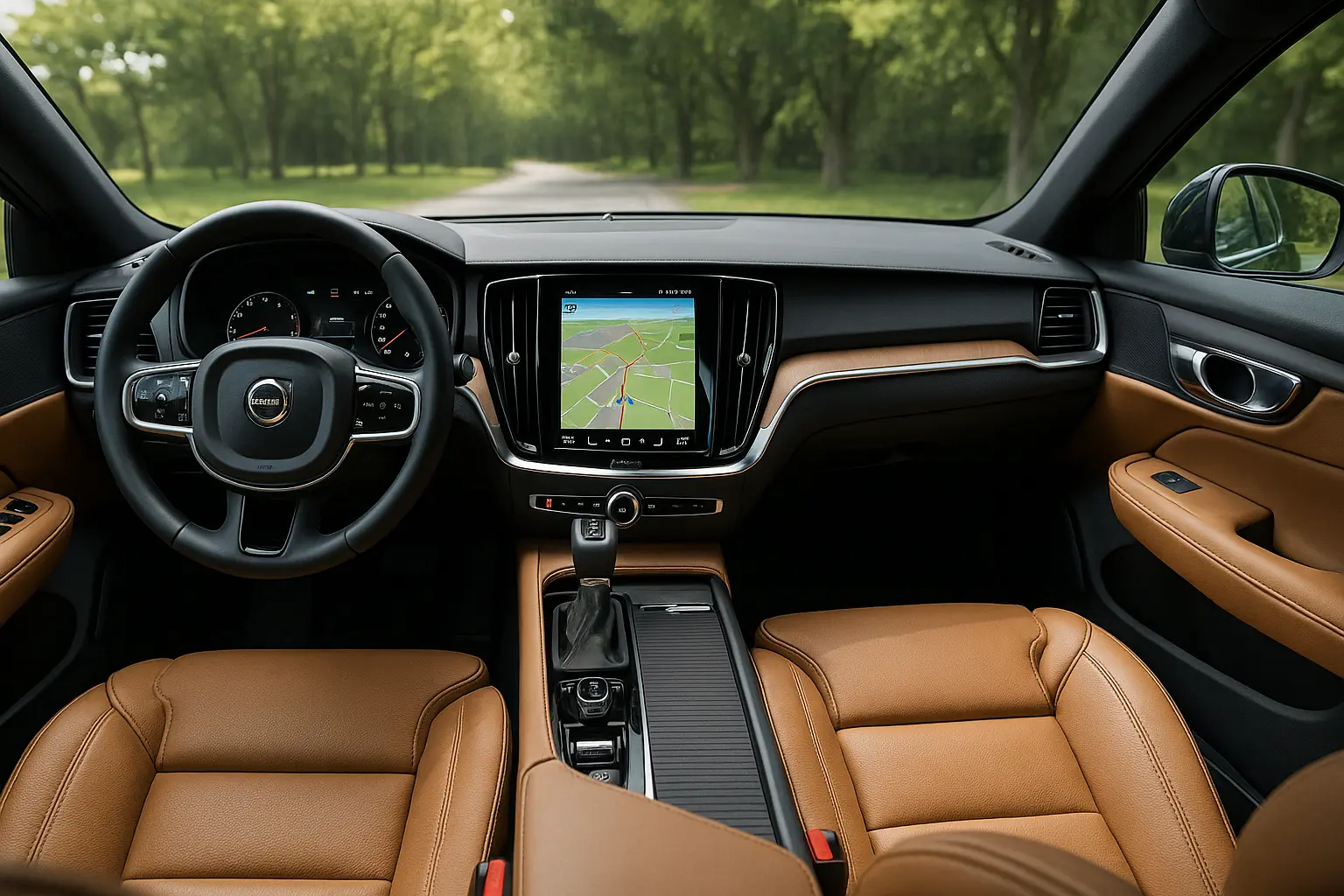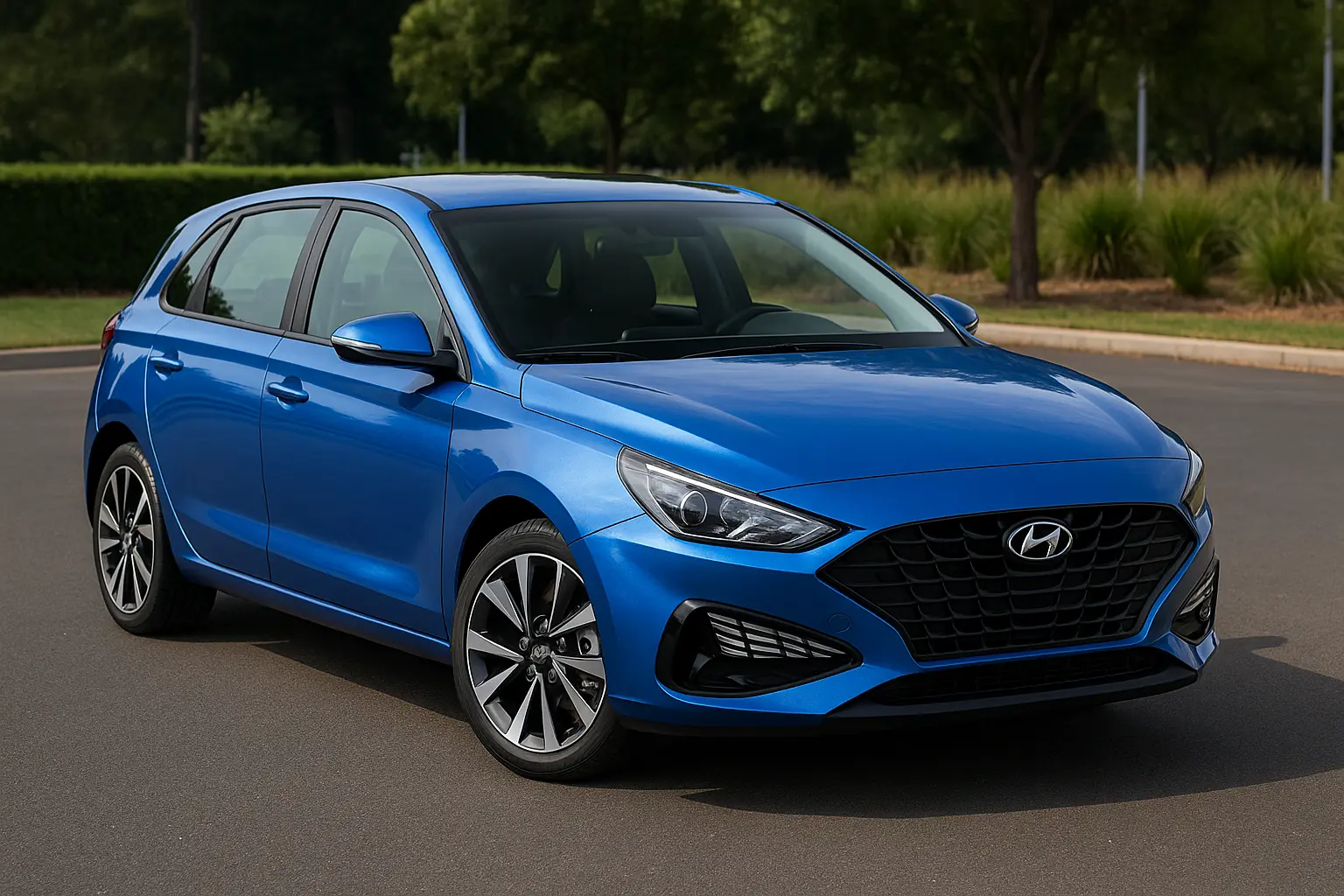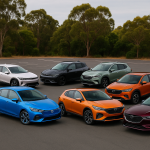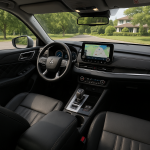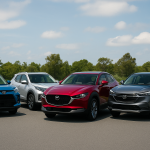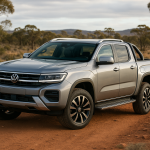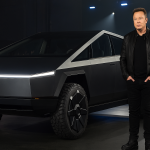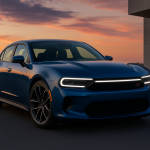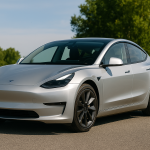A decade ago, buyers often judged cars by horsepower, exterior styling, or brand reputation. Today, the focus has shifted inward. The modern car interior has become a hub of technology, safety, and comfort — often influencing buying decisions more than performance figures.
Australian drivers spend countless hours behind the wheel, whether commuting through Sydney traffic, road-tripping across the Outback, or navigating Melbourne’s urban streets. This means interior features are no longer “extras” but essentials that define the ownership experience.
From plush seating and infotainment systems to advanced safety tech and driver-assist functions, car interiors are evolving rapidly. In this guide, we’ll explore the key car interior features that truly matter in Australia — and why they should be top priorities for buyers in 2025 and beyond.

Comfort Features: Making Every Drive Enjoyable
Ergonomics and Seating
Seats are no longer just cushions wrapped in fabric. Australian buyers increasingly look for ergonomic designs that support long drives. Adjustable lumbar support, power seat memory, and ventilated seating are becoming common, even in budget-friendly models. Families and commuters alike appreciate comfort that reduces fatigue.
Materials and Finishes
Soft-touch plastics, premium leather, eco-friendly fabrics — interior finishes can make or break the driving experience. Brands like Lexus and Audi lead in luxury materials, while mainstream manufacturers such as Mazda and Kia now incorporate stylish trims to elevate cabin quality.
Climate Control and Ventilation
Dual-zone and tri-zone climate control are now standard across mid-range SUVs and sedans. In hot Australian summers, ventilated seats and rear air vents are particularly valued. Some EVs, like the Tesla Model Y, go further with HEPA filtration systems for cleaner cabin air.
Cabin Space and Practicality
Australians often balance city driving with long family trips, so roomy interiors are a must. Split-fold rear seats, sliding second-row adjustments, and clever storage compartments are features that enhance everyday usability. SUVs like the Toyota Kluger and Hyundai Santa Fe have excelled in blending comfort with practicality.
Technology Features: Where Cars Meet Smartphones
Infotainment Systems
Large, high-resolution touchscreens have become a central part of modern cabins. Apple CarPlay and Android Auto integration are now expected, allowing seamless smartphone connectivity. Some brands, such as Hyundai and Kia, are rolling out wireless smartphone mirroring as standard.
Digital Instrument Clusters
Gone are the days of analogue dials. Digital displays now provide real-time data on navigation, fuel efficiency, and driver-assist alerts. For tech-savvy Australian buyers, customisable instrument clusters add both functionality and style.
Connectivity and Charging
With multiple devices in every household, USB-C ports, wireless charging pads, and fast-charging outlets are essential. Families with teenagers know the importance of keeping devices powered during road trips across Queensland or Victoria.
Voice and Gesture Controls
Voice assistants are gaining ground, with systems like Mercedes-Benz MBUX allowing natural speech commands. While gesture controls are still in their infancy, they’re appearing in high-end models and will likely filter down over the next few years.
Safety Features: The Core of Interior Innovation
Airbags and Restraints
Most cars now offer extensive airbag coverage — front, side, curtain, and even knee airbags. Some newer vehicles introduce centre airbags between front passengers to reduce collision injuries.
Driver Assistance Systems
Advanced Driver Assistance Systems (ADAS) are redefining safety. Features like adaptive cruise control, lane-keeping assist, blind-spot monitoring, and autonomous emergency braking are rapidly becoming standard, especially as ANCAP safety ratings place heavy emphasis on these technologies.
Head-Up Displays
Projected directly onto the windscreen, head-up displays reduce distractions by keeping eyes on the road. Premium and mid-range vehicles alike are adding this once luxury-only feature.
Child Safety Enhancements
For Australian families, ISOFIX mounts and top-tether points for child seats are crucial. Features like rear-seat occupant reminders prevent tragedies by alerting drivers if children are left behind.
Interior Features That Boost Driving Experience
Ambient Lighting
Once a novelty, ambient cabin lighting is now a mainstream comfort feature. Brands use it to enhance driving moods — from relaxing hues on long drives to vibrant tones for city nights.
Acoustic Engineering
Noise insulation, laminated glass, and active sound cancellation improve the serenity of a cabin. Electric cars, like the Polestar 2 and Hyundai Ioniq 6, highlight how quietness itself has become a feature.
Steering Wheel Design
Heated steering wheels, multifunction controls, and paddle shifters all contribute to convenience. For performance-focused drivers, flat-bottom designs add sportiness, while luxury cars often add wood or leather-wrapped finishes.
The Australian Buyer’s Perspective
Australian conditions — from harsh summer heat to long regional highways — shape unique priorities in car interiors. While European buyers may focus on compactness and efficiency, Australians lean toward comfort, durability, and family practicality.
Surveys show that safety and infotainment technology rank among the top three priorities for new car buyers here. In regional Australia, cabin storage and cooling systems are highly valued. Meanwhile, urban buyers seek intuitive tech integration for everyday commuting.
The Future of Car Interiors in Australia
Electrification and Minimalism
Electric vehicles (EVs) are driving interior innovation. Minimalist designs, large central screens, and futuristic materials are redefining expectations. Tesla, BYD, and Hyundai are leading this change.
AI and Personalisation
Artificial intelligence will soon tailor cabins to individual drivers — adjusting seat position, temperature, and infotainment preferences automatically.
Sustainability
Eco-conscious Australians are increasingly demanding interiors made with recycled or plant-based materials. Brands like Volvo are pushing sustainable alternatives without compromising luxury.
Practical Buying Tips for Australians
- Always sit inside a car before purchase — check comfort, visibility, and ergonomics.
- Test the infotainment system; usability can vary drastically between brands.
- Compare safety ratings on ANCAP — interior features like airbags and ADAS directly influence scores.
- For family buyers, ensure the second row has enough space and ISOFIX anchors.
- Consider your lifestyle: long-distance drivers will benefit from supportive seats and advanced climate control, while city dwellers may prioritise compact cabins with high-tech infotainment.
Conclusion: More Than Just a Cabin
The interior of a car is no longer just a place to sit; it’s an ecosystem of comfort, safety, and technology. For Australians, choosing the right interior features means enhancing every journey — from short school runs to epic coastal drives.
As manufacturers race to innovate, buyers have more choice than ever. Whether you’re after family practicality, luxury sophistication, or cutting-edge tech, the car interior features you prioritise will define your driving experience in 2025 and beyond.
Leave a comment
Your email address will not be published. Required fields are marked *


